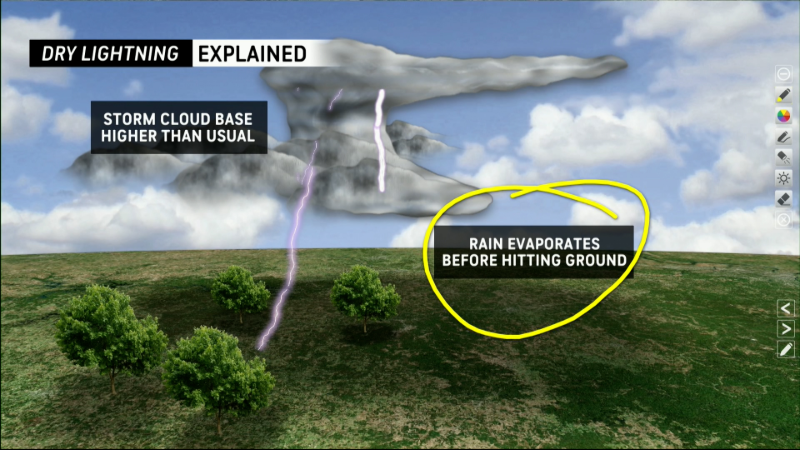What is Blocking?
From NOAA.gov: Atmospheric blocking is commonly referred to as the situation when the normal zonal flow, or west-to-east flow, is interrupted by strong and persistent meridional flow, north-to-south flow.
Essentially, in a blocking pattern, there are big "kinks" in the west-to-east flow. This means that there are bigger troughs of low pressure and ridges of high pressure. Simply put, there are bigger storms and larger areas of high pressure that disrupts the progression of storms.
The normal eastward progression of storms is obstructed or at least slowed by blocking highs, leading to episodes of prolonged extreme weather conditions where the storms stall. On intraseasonal time scales, the persistent weather extremes can last from several days up to a few weeks, often accompanied by significant temperature and precipitation anomalies.
Blocking is best seen in upper level analysis. Examples of the 500 hPa height and anomaly fields associated with mature blocking episodes over the northeastern Atlantic and the North Pacific. These two regions are preferred areas for atmospheric blocking during the northern hemisphere cold season.
A common finding among scientific studies is that these long-lived weather extremes are associated with recurrent atmospheric flow anomalies. Numerous studies have found that the poor forecast skill beyond a few days results principally from the inability of numerical weather prediction models to simulate the onset and evolution of blocking flows.
Report a Typo












